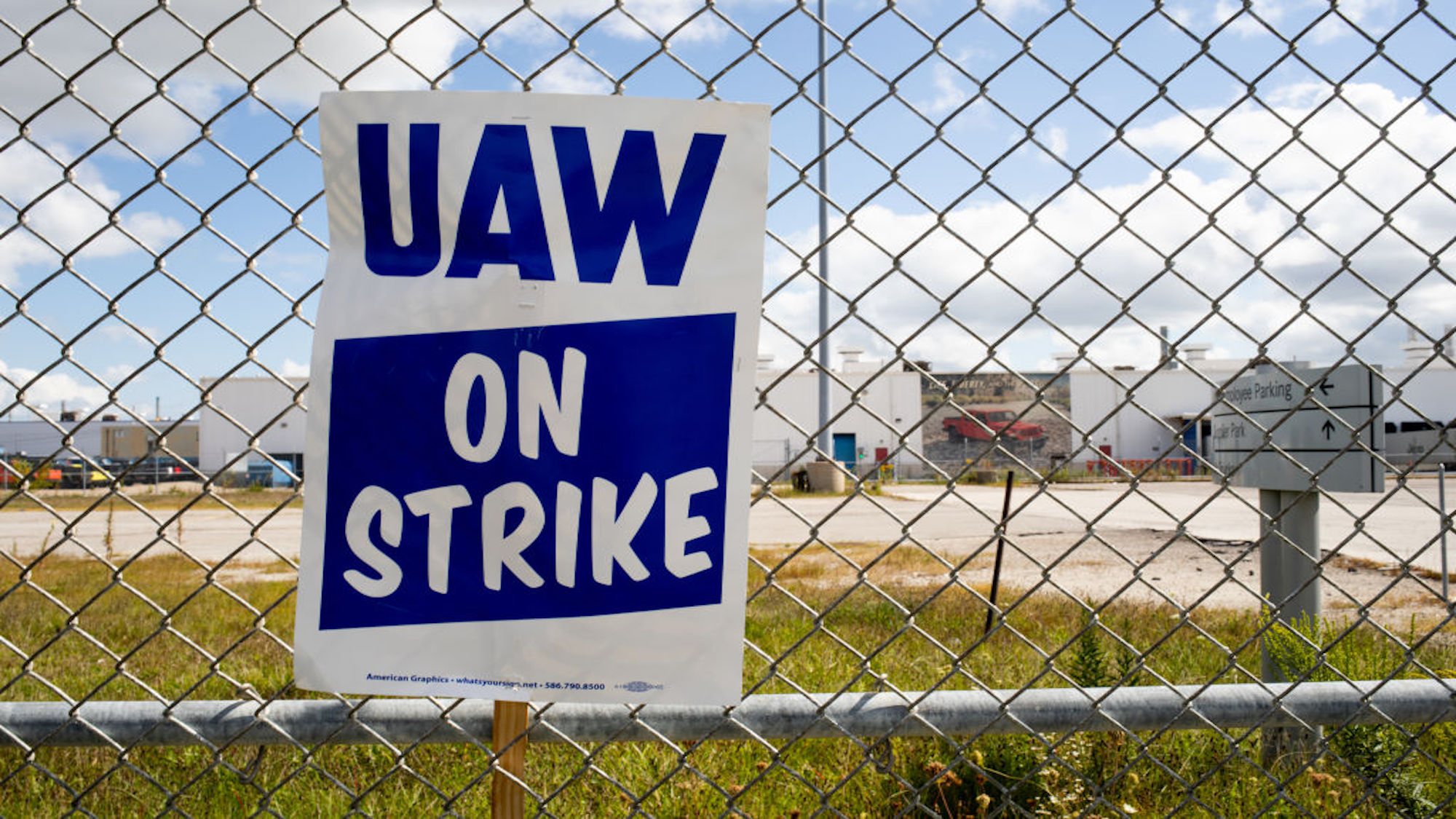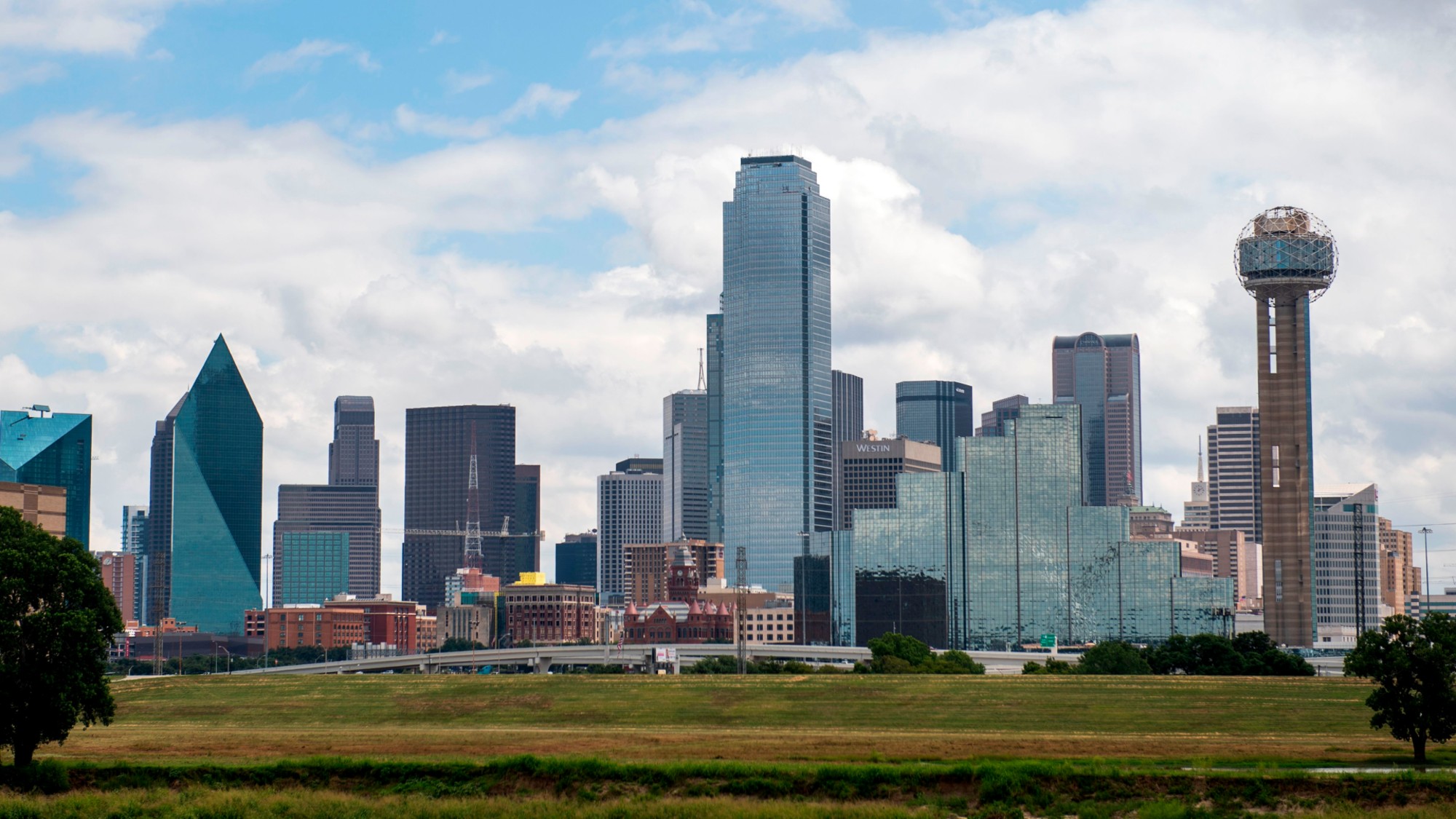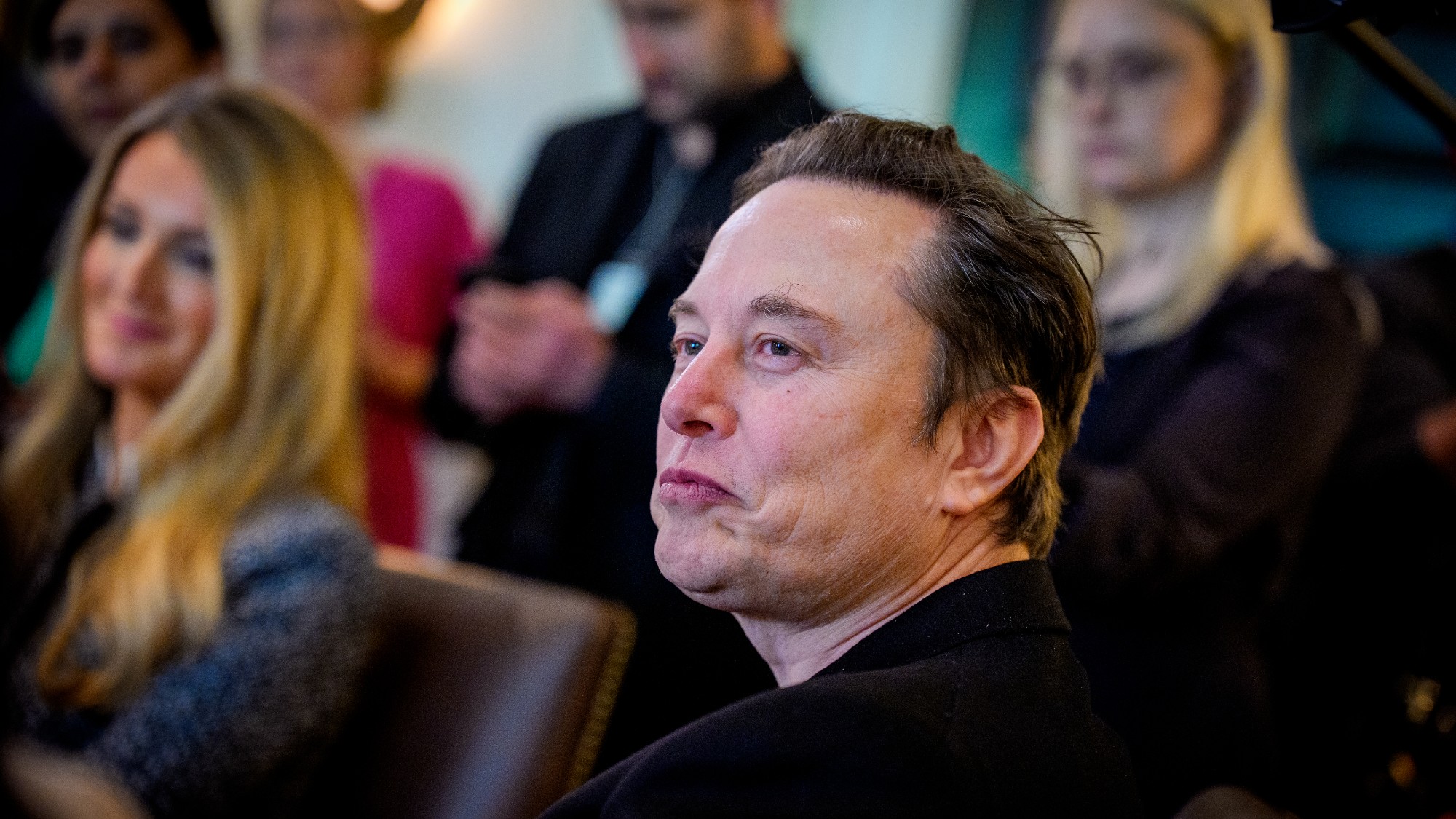The auto strike, by the numbers
The pay gap between Big Three automakers' executives and UAW members has workers pushing for higher wages


The year of strikes has continued with the United Auto Workers (UAW) walking off the job on Sept. 15. While the UAW has gone on strike in the past, the 2023 walkout marks the first time that unionized workers have trilaterally picketed the 'Big Three' U.S. car manufacturers: General Motors, Ford and Stellantis, the latter of which owns Chrysler and Jeep.
Like other labor disputes, such as the ongoing dual strikes in Hollywood, UAW workers are taking to the streets for fairer pay and more equitable working conditions. UAW President Shawn Fain unveiled demands including a 46% pay raise, reinstated pensions, additional paid leave, reestablished retirement benefits and more, though Fain himself described the demands as "audacious."
The auto strike comes at a time when "the gap between CEO pay and rank-and-file workers at all three companies is gigantic," Fortune noted. How do the numbers — and the salaries — stack up?
The Week
Escape your echo chamber. Get the facts behind the news, plus analysis from multiple perspectives.

Sign up for The Week's Free Newsletters
From our morning news briefing to a weekly Good News Newsletter, get the best of The Week delivered directly to your inbox.
From our morning news briefing to a weekly Good News Newsletter, get the best of The Week delivered directly to your inbox.
What do the heads of the Big Three auto manufacturers make?
Out of the trio of Big Three CEOs, Ford head James Farley makes the least — but he still earned nearly $22 million last year, the Detroit Free Press reported. This included a starting salary of $1.7 million, in addition to $15.1 million in stock awards, $2.8 million in bonuses and $1.4 million in miscellaneous compensation, per The Detroit News. This is more than 200 times what the average Ford worker made in 2022, the outlet noted. Farley defended his salary in an op-ed in the Free Press, where he noted that 80% of Ford employees made the company's top wage rate of $32 per hour.
Then there is the head of perhaps the quintessential American brand, General Motors, Mary Barra. The first female CEO of a Big Three company, Barra earns around $29 million per year, the highest of the group. She recently defended her salary in an interview with CNN in which the outlet pointed out to Barra that she'd "seen a 34% pay increase in your salary" over the last four years. Barra told CNN that "92% of [her compensation] is based on performance of the company," adding that GM was offering a 20% pay increase for workers.
The CEO of Stellantis, Carlos Tavares, makes 23.46 million euros, or just over $25 million, according to the company. However, because Stellantis is a European brand, it calculates executive compensation differently than U.S. companies. An equivalent comparison between the Big Three CEOs from Equilar put his salary closer to 21.95 euros, or $23.4 million. However, his compensation package remains high, Fortune noted, and is far above what the company's prior CEO earned.
What does the average auto worker make?
Most auto workers, especially UAW employees in the factories, receive hourly pay as opposed to a salary. This past August, the average U.S. auto worker earned $28 per hour, according to the U.S. Bureau of Labor Statistics. This represents a $1 dollar increase from August 2022.
A free daily email with the biggest news stories of the day – and the best features from TheWeek.com
The auto industry notably employs a tiered wage system, so the longer someone has worked for one of the Big Three, the more they earn. "Top-tier workers — meaning anyone who joined the company in 2007 or earlier — make roughly $33 an hour on average," CBS News reported, citing Big Three contract summaries. People hired after 2007 are classified in the lower tier and "earn up to $17 an hour based on a buildup of 6% annual raises under the last contract."
When it comes to the individual companies, the median pay for workers at GM was $80,034, according to Fortune, meaning it would take the average employee 362 years to match Barra's compensation, the outlet noted. At Ford, median pay was $74,691, and it would take this employee 281 years to match Farley's compensation. Stellantis had a median pay of 64,328 euros, or $68,728, and it would take the average employee 365 years to match Tavares' compensation.
This means the pay ratio between a Stellantis worker and Tavares is 298-1, much higher than the average employee pay ratio of S&P 500 companies, which The Associated Press reported was 186-1.
As a whole, while CEO salaries have increased, "auto manufacturing workers have seen their average real hourly earnings fall 19.3% since 2008," Adam Hersh wrote for the Economic Policy Institute.
Justin Klawans has worked as a staff writer at The Week since 2022. He began his career covering local news before joining Newsweek as a breaking news reporter, where he wrote about politics, national and global affairs, business, crime, sports, film, television and other news. Justin has also freelanced for outlets including Collider and United Press International.
-
 Tariffs have American whiskey distillers on the rocks
Tariffs have American whiskey distillers on the rocksIn the Spotlight Jim Beam is the latest brand to feel the pain
-
 TikTok secures deal to remain in US
TikTok secures deal to remain in USSpeed Read ByteDance will form a US version of the popular video-sharing platform
-
 SiriusXM hopes a new Howard Stern deal can turn its fortunes around
SiriusXM hopes a new Howard Stern deal can turn its fortunes aroundThe Explainer The company has been steadily losing subscribers
-
 How will the Warner Bros. bidding war affect the entertainment industry?
How will the Warner Bros. bidding war affect the entertainment industry?Today’s Big Question Both Netflix and Paramount are trying to purchase the company
-
 Texas is trying to become America’s next financial hub
Texas is trying to become America’s next financial hubIn the Spotlight The Lone Star State could soon have three major stock exchanges
-
 US mints final penny after 232-year run
US mints final penny after 232-year runSpeed Read Production of the one-cent coin has ended
-
 How could worsening consumer sentiment affect the economy?
How could worsening consumer sentiment affect the economy?Today’s Big Question Sentiment dropped this month to a near-record low
-
 Musk wins $1 trillion Tesla pay package
Musk wins $1 trillion Tesla pay packageSpeed Read The package would expand his stake in the company to 25%



